Transform Your Garden: The Ultimate Guide to Submersible Water Pumps for Efficient Irrigation
In the realm of modern gardening, efficient irrigation is paramount to cultivating a thriving landscape. One of the most effective tools at a gardener's disposal is the submersible water pump. These pumps are designed to operate underwater, making them ideal for a variety of irrigation applications, from backyard gardens to larger agricultural setups. By harnessing the power of submersible water pumps, gardeners can ensure a steady supply of water directly to their plants, reducing waste and maximizing growth potential. This ultimate guide delves into the advantages and functionalities of submersible water pumps, offering insights into how they can transform your garden into a flourishing oasis.
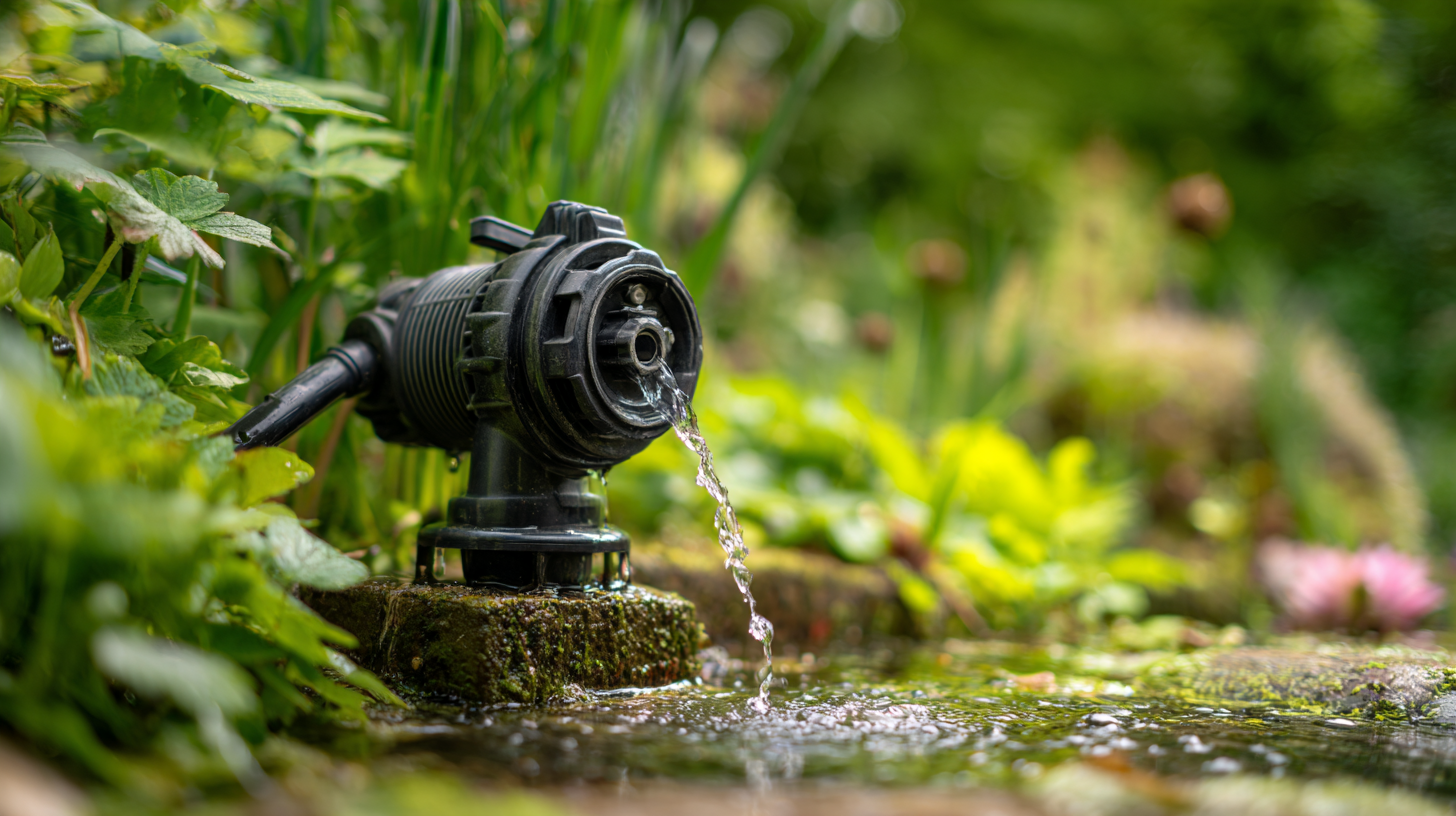
As we explore the various types, features, and considerations for selecting the perfect pump, it's clear that understanding and utilizing this innovative technology can significantly enhance your irrigation efforts and lead to a more productive gardening experience.
Understanding the Benefits of Submersible Water Pumps for Efficient Irrigation
Submersible water pumps have become an essential tool for efficient irrigation in gardens of all sizes. These pumps are designed to work underwater, making them perfect for drawing water from wells, ponds, or reservoirs directly into irrigation systems. One major benefit of using submersible pumps is their energy efficiency; they operate quietly and effectively, resulting in lower energy consumption compared to traditional surface pumps. This efficiency not only reduces utility costs but also ensures a consistent water supply, which is crucial for maintaining healthy plant growth.
Another significant advantage is their versatility. Submersible pumps come in various sizes and capacities, allowing gardeners to choose a model that fits their specific irrigation needs. Whether you’re watering a small backyard garden or managing a larger landscape, there’s a submersible pump suited for the task. Additionally, these pumps are often equipped with advanced features such as automatic shut-off systems and variable speed controls, which further enhance their functionality and ease of use. By integrating a submersible pump into your irrigation system, you can ensure that your garden receives the optimal amount of water efficiently and effectively.
Transform Your Garden with Submersible Water Pumps
This chart illustrates the efficiency of various submersible water pumps based on their flow rate (GPH - Gallons Per Hour) and power consumption (Watts). The data shows how different models cater to various garden irrigation needs.
Choosing the Right Submersible Water Pump for Your Garden Size
When selecting the right submersible water pump for your garden, size plays a crucial role. According to the National Gardening Association, an average garden requires approximately 1 inch of water per week, which translates to around 623 gallons for a typical 1,000 square-foot garden. To efficiently manage this requirement, choosing a pump that can deliver the right flow rate is essential. Submersible pumps typically range in performance from 1,000 to 4,000 gallons per hour, allowing gardeners to tailor their irrigation approach based on the scale of their gardening activities.
For gardens up to 1,500 square feet, a pump that delivers around 2,000 gallons per hour would suffice for efficient irrigation. However, larger gardens or those with extensive planting would benefit from pumps that can handle 3,000 gallons per hour or more. It's also important to consider the vertical lift capability of the pump to ensure that water can be delivered effectively to all areas of the garden. A recent industry report indicated that submersible pumps with a lift capability of 25 feet or more are ideal for larger setups, as they provide sufficient pressure to reach distributed plants and features. Selecting the right pump not only promotes efficient water usage but also supports sustainable gardening practices.
Installation Tips for Maximizing Performance of Submersible Water Pumps
When installing a submersible water pump for your garden, proper placement and setup are crucial to maximize its performance. Begin by selecting a location that is both accessible and free from debris, ensuring that the pump is submerged in a sufficient depth of water to avoid damage while running. It’s important to check the inlet screen for any obstructions, as a clean inlet guarantees optimal water flow. Additionally, consider a site close to your power source to minimize the risk of tripping hazards with electrical cables.
Next, pay attention to the configuration of the piping. Use the appropriate diameter and length of hose or pipe to reduce friction loss, which is essential for maintaining water pressure. Make sure to elevate the discharge line above the water surface to prevent backflow and ensure efficient irrigation. Regularly maintain your pump by checking for any signs of wear or blockages, and schedule periodic cleanings to keep the pump performing at its best, further enhancing the irrigation effectiveness of your garden.
Maintenance Best Practices for Longevity of Your Water Pump
When investing in a submersible water pump for efficient irrigation, understanding maintenance best practices is crucial for ensuring longevity and optimal performance. According to a report by the Irrigation Association, proper maintenance can extend the life of a water pump by up to 50%. Regular inspections are key—check for wear and tear, and ensure that all connections are secure to prevent leaks, which can not only waste water but also lead to pump damage.
Additionally, cleaning your pump regularly is essential. Sediment buildup can impair functionality and reduce efficiency. The American Society of Agricultural and Biological Engineers recommends flushing the pump with clean water after use and disassembling it at least once a season for thorough cleaning. Such practices not only enhance operational effectiveness but also minimize the risk of mechanical failures, which can be costly in both repairs and potential crop loss. Keeping an eye on the environment around the pump, like ensuring proper water levels and avoiding debris accumulation, further contributes to its durability and reliability.
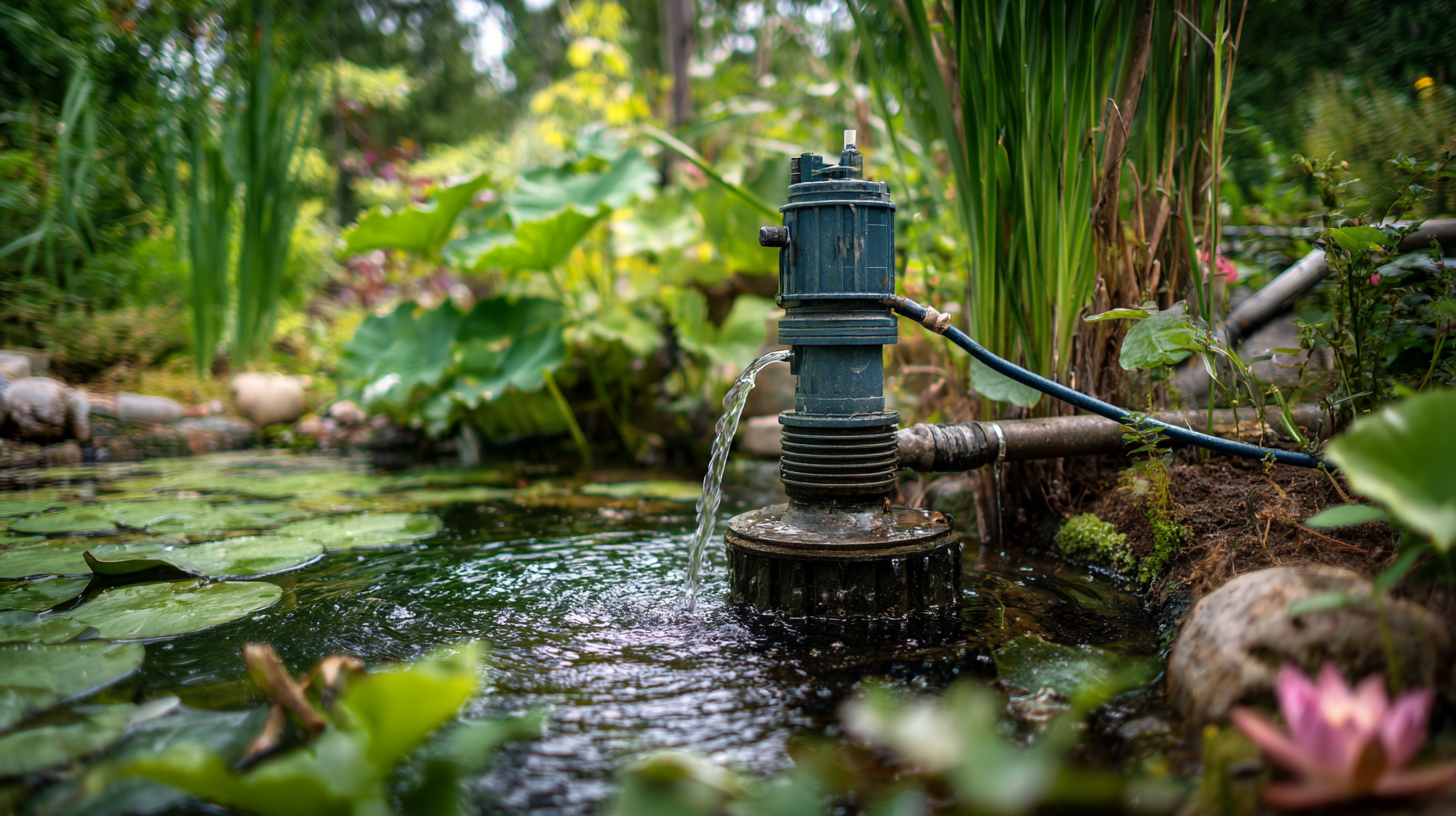
Comparing Submersible Water Pumps to Other Irrigation Options
When it comes to effective irrigation, submersible water pumps stand out in comparison to traditional options like surface pumps or gravity-fed systems. Submersible pumps are designed to be wholly submerged in water, allowing for direct water movement from a source to the garden area. This unique design not only minimizes energy loss but also enables the pumps to deliver water with greater efficiency, especially in deeper wells or ponds. Unlike surface pumps that must work against gravity to draw water upward, submersible pumps can push water to various heights seamlessly, making them ideal for landscapes with diverse elevation levels.
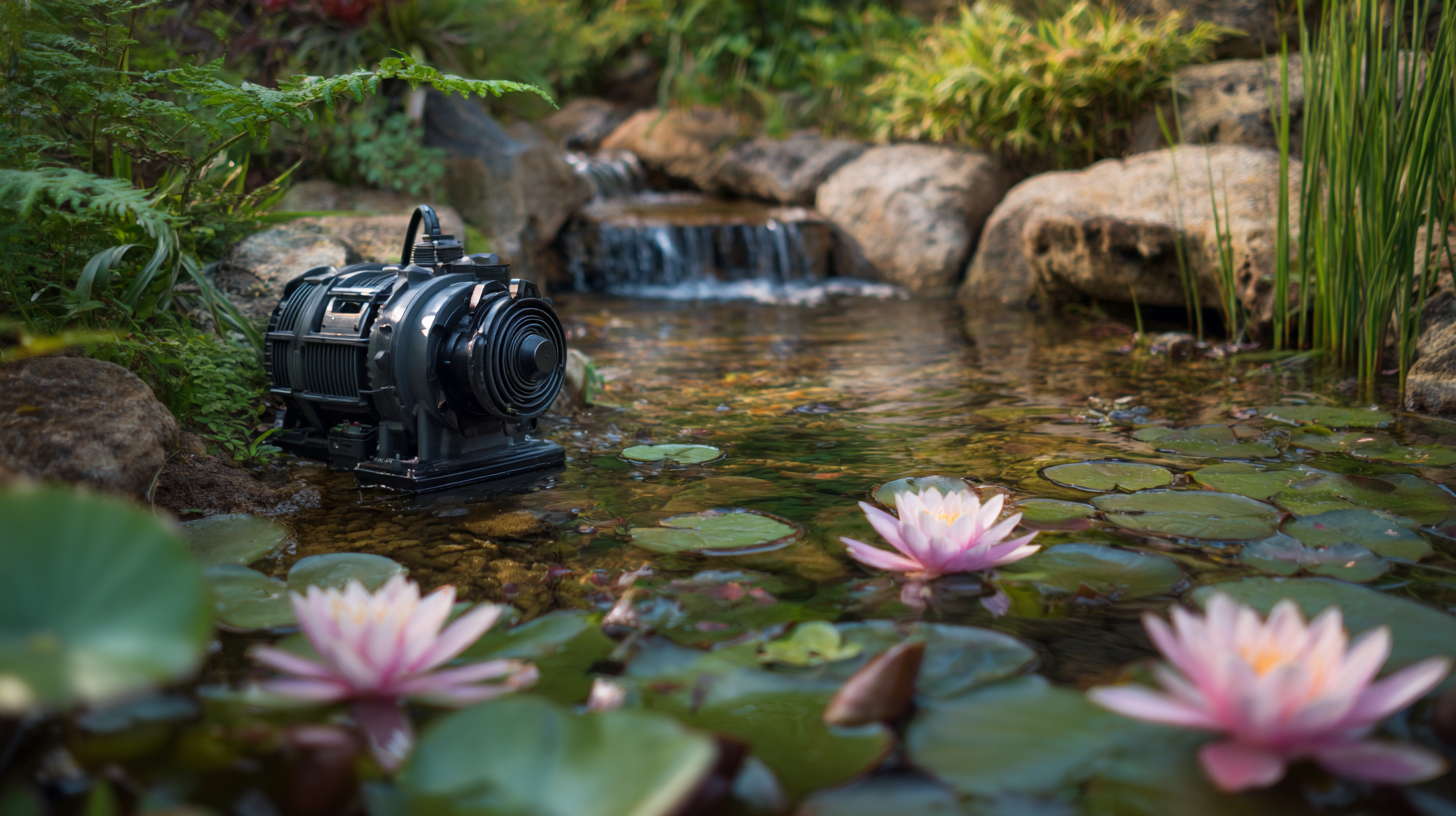
However, other irrigation options like drip systems or sprinkler systems also hold their own advantages. Drip irrigation is highly efficient and reduces water waste, making it perfect for targeted watering, especially in arid conditions. Sprinkler systems provide coverage across large areas but may require more maintenance and adjustments compared to submersible pumps. Ultimately, while submersible pumps offer powerful and efficient irrigation solutions, the choice between them and other methods depends on specific gardening needs, landscape layouts, and water source availability, making it essential to weigh the pros and cons of each option carefully.
Related Posts
-
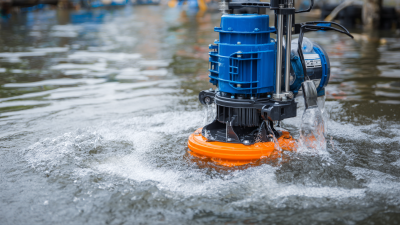
Exploring Market Trends for Submersible Dirty Water Pumps at the 138th China Import and Export Fair 2025
-
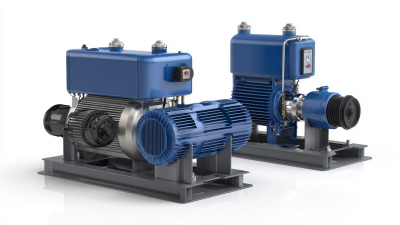
The Essential Guide to Choosing the Right Submersible Pump for Your Needs
-

Top 5 Drainage Pumps for Efficient Water Removal: A Comprehensive Buyer’s Guide
-
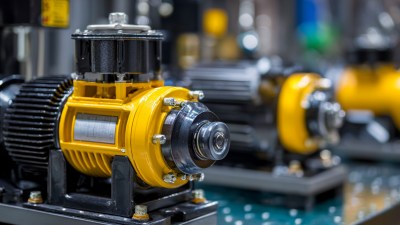
Unlocking Opportunities in Submersible Well Pump Market at the 2025 China Import and Export Fair
-

Innovative Uses of Small Water Pumps in Modern Agriculture Boosting Efficiency and Sustainability
-
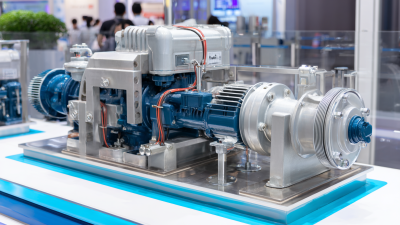
Exploring Water Pump Innovations for Home Use at the 2025 China Import and Export Fair
